Mountain Bike Helmet vs. Road Bike Helmet: What Are the Differences?
Design and Structure
Mountain Bike Helmet Design
Mountain bike helmets are meticulously engineered to withstand the challenges of off-road cycling. These helmets are designed with a focus on durability and protection, featuring extended rear coverage that safeguards the back of your head during falls or collisions on uneven terrains. This additional coverage is crucial for off-road cyclists who often encounter unexpected obstacles like rocks, roots, and steep drops.
Mountain bike helmets typically come with a prominent visor. This visor plays a vital role in shielding your eyes from glaring sunlight, branches, mud, and other debris you might encounter on the trail. The visor's adjustable nature allows you to customize its angle, ensuring optimal visibility regardless of the lighting conditions.
The construction of mountain bike helmets is robust, utilizing advanced materials that can absorb significant impacts. The outer shell is usually made from tough polycarbonate, while the inner liner consists of expanded polystyrene (EPS) foam, which provides excellent shock absorption. Some high-end models even incorporate multi-directional impact protection systems (MIPS) to reduce rotational forces during a crash.
Road Bike Helmet Design
In contrast, road bike helmets prioritize aerodynamics and lightweight design, catering to cyclists who ride on paved roads. These helmets are sleek and streamlined, reducing wind resistance to help riders maintain higher speeds with less effort. The aerodynamic shape is particularly beneficial during competitive cycling events like races and time trials.
Road bike helmets feature numerous large vents strategically placed to maximize airflow,such as LIVALL BH60SE NEO, keeping the rider cool and comfortable during intense rides. The ventilation system is designed to channel air through the helmet, ensuring effective heat dissipation even on the hottest days. This is crucial for road cyclists who often ride long distances and need to stay cool to maintain peak performance.
Unlike mountain bike helmets, road bike helmets usually have a minimalistic visor or none at all. This design choice helps maintain the helmet's aerodynamic profile, allowing for a smooth and uninterrupted flow of air over the rider's head. The absence of a visor also reduces the overall weight of the helmet, further enhancing its suitability for high-speed road cycling.
Ventilation and Cooling
Mountain Bike Helmet Ventilation
Mountain bike helmets are designed to balance ventilation with protection. They include multiple vents to ensure adequate airflow, preventing the rider from overheating during strenuous rides. The ventilation system is carefully engineered to allow air to enter through the front vents, flow over the rider's head, and exit through the rear vents. This continuous flow of air helps regulate temperature and keeps the rider comfortable, even during long and challenging rides.
However, the emphasis on protection means that the vents in mountain bike helmets are generally smaller and fewer compared to those in road bike helmets. This design choice ensures that the helmet remains structurally sound and can withstand impacts from rocks, branches, and other trail hazards. Some mountain bike helmets feature removable visors and adjustable vents, allowing riders to customize their helmet's ventilation based on the riding conditions.The LIVALL MTI NEO has this design, which is loved by many mountain bikers.
Road Bike Helmet Ventilation
Road bike helmets excel in ventilation, featuring larger and more numerous vents compared to mountain bike helmets. This design allows for significant airflow, which is essential for riders tackling long distances or climbing steep hills where effective heat dissipation is critical. The vents are strategically positioned to optimize air intake and exhaust, creating a cooling effect that helps prevent overheating.
The interior padding of road bike helmets is typically made from moisture-wicking materials that draw sweat away from the skin, further enhancing comfort. Some models even include advanced cooling technologies, such as integrated air channels and cooling gels, to provide additional comfort during intense rides. This focus on ventilation ensures that road cyclists can maintain a high level of performance without being hindered by excessive heat.
Weight and Aerodynamics
Mountain Bike Helmet Weight and Aerodynamics
Mountain bike helmets are generally heavier due to their robust construction and additional features like visors and extended rear coverage. The extra weight is a trade-off for the increased protection these helmets offer. Despite the added weight, manufacturers strive to keep mountain bike helmets as lightweight as possible without compromising safety. Advanced materials, such as carbon fiber and lightweight composites, are often used to achieve this balance.
While aerodynamics is less of a focus in mountain biking compared to road cycling, the design of mountain bike helmets is still streamlined enough to minimize drag during off-road descents. The shape of the helmet, combined with the adjustable visor, helps channel air smoothly over the rider's head, reducing wind resistance and enhancing overall comfort.
Road Bike Helmet Weight and Aerodynamics
Road bike helmets are designed to be as light as possible. Their lightweight construction helps reduce the strain on the rider's neck and shoulders, making them ideal for long-distance rides. The aerodynamic shape of road bike helmets is optimized to minimize drag, allowing riders to maintain higher speeds with less effort. This design is particularly beneficial during competitive events where every second counts.
Manufacturers achieve the lightweight and aerodynamic design of road bike helmets by using advanced materials and construction techniques. The outer shell is typically made from lightweight polycarbonate, while the inner liner is crafted from EPS foam. Some high-end models incorporate additional aerodynamic features, such as integrated vents and sculpted shapes, to further enhance performance.
Safety Standards and Certifications
Mountain Bike Helmet Safety Standards
Mountain bike helmets must adhere to stringent safety standards to ensure they provide adequate protection in off-road conditions. Look for certifications such as CPSC (Consumer Product Safety Commission), ASTM F1952 (American Society for Testing and Materials), and EN 1078 (European standard). These certifications indicate that the helmet has undergone rigorous testing and meets high safety standards for off-road cycling.
The testing procedures for mountain bike helmets include impact tests, penetration tests, and retention system evaluations. These tests simulate real-world scenarios, such as falls on rocky trails and collisions with tree branches, to ensure the helmet can withstand significant impacts. Some helmets also feature additional safety technologies, like MIPS, which reduces rotational forces during a crash and enhances overall protection.
Road Bike Helmet Safety Standards
Similarly, road bike helmets must meet safety standards like CPSC, EN 1078, and AS/NZS 2063 (Australian/New Zealand standard). These certifications ensure that the helmet can withstand significant impacts, providing essential protection for road cyclists. The testing procedures for road bike helmets are designed to simulate high-speed crashes and collisions with vehicles, ensuring the helmet offers maximum protection in such scenarios.
In addition to meeting standard safety requirements, many road bike helmets incorporate advanced safety features. These may include reinforced outer shells, multi-density EPS foam liners, and innovative retention systems that enhance fit and stability. These features collectively ensure that road bike helmets provide the highest level of protection while maintaining a lightweight and aerodynamic design.
Comfort and Fit
Mountain Bike Helmet Comfort and Fit
Comfort and fit are crucial for mountain bike helmets, as off-road cycling involves uneven terrains and long rides. Adjustable retention systems, such as dial-fit mechanisms and adjustable straps, ensure a snug fit, preventing the helmet from shifting during rough rides. A well-fitting helmet not only enhances comfort but also maximizes protection by keeping the helmet in place during impacts.
Ample padding inside the helmet helps absorb sweat and reduces pressure points, enhancing overall comfort. The padding is usually removable and washable, allowing riders to maintain hygiene and freshness. Some mountain bike helmets also feature adjustable visors and customizable venting systems, enabling riders to tailor their helmet's configuration based on the riding conditions.
Road Bike Helmet Comfort and Fit
Road bike helmets focus on lightweight comfort, essential for long-distance rides. Precision fit systems, such as advanced dial-fit mechanisms and adjustable straps, allow for fine-tuning the fit, ensuring the helmet sits comfortably and securely on the head. A well-fitted road bike helmet minimizes pressure points and enhances aerodynamics, allowing riders to maintain peak performance.
The interior padding of road bike helmets is typically made from moisture-wicking materials that draw sweat away from the skin, keeping the rider comfortable and dry. Some helmets also feature integrated padding with cooling gels or advanced ventilation channels, providing additional comfort during intense rides. The combination of lightweight construction, advanced fit systems, and effective ventilation ensures that road bike helmets offer superior comfort for long hours on the road.
Usage Scenarios
Mountain Bike Helmet Usage Scenarios
Mountain bike helmets are ideal for various off-road cycling disciplines, including trail riding, enduro, and downhill cycling. Their robust design and additional coverage make them perfect for navigating rough trails and technical terrains. The enhanced protection provided by mountain bike helmets is crucial for high-speed descents, where falls and collisions with obstacles are more likely.
For cross-country cycling, mountain bike helmets offer the necessary protection for long, varied rides. Although slightly heavier, their durability and comprehensive coverage ensure that riders can tackle diverse terrains with confidence. The inclusion of features like adjustable visors and customizable ventilation systems further enhances their suitability for off-road adventures.
Road Bike Helmet Usage Scenarios
Road bike helmets excel in long-distance riding and competitive cycling. Their lightweight and ventilated design makes them ideal for enduring long hours on the road, where maintaining a high level of performance is essential. The aerodynamic shape of road bike helmets helps reduce drag, allowing riders to achieve faster speeds with less effort, which is particularly beneficial during races and time trials.
For daily road cycling and commuting, road bike helmets offer a perfect blend of comfort, efficiency, and protection. Their lightweight construction reduces strain on the rider's neck and shoulders, while the effective ventilation system ensures comfort during extended rides. The sleek and streamlined design also enhances visibility and safety, making road bike helmets a popular choice among urban cyclists
Choosing the Right Helmet
Factors to Consider for Mountain Bike Helmets
When selecting a mountain bike helmet, consider the type of riding you'll be doing. For trail riding, look for helmets with robust construction, extended rear coverage, and adjustable visors. Enduro and downhill riders should prioritize helmets with additional safety features like MIPS and full-face protection.
Comfort and fit are also crucial, so opt for helmets with adjustable retention systems and ample padding. Ventilation is important for keeping cool during strenuous rides, so choose a helmet with multiple vents. Consider any additional features or accessories that might enhance your riding experience, such as camera mounts or goggle clips.
Factors to Consider for Road Bike Helmets
For road bike helmets, prioritize lightweight and aerodynamic designs that reduce wind resistance and enhance speed. Ventilation is key for long-distance rides, so look for helmets with large vents and effective airflow channels. Comfort features like moisture-wicking padding and customizable fit systems are also important for maintaining comfort during extended rides.
Make sure you prioritize safety by selecting a helmet that meets all the safety requirements and certifications. Think about any perks that could come in handy like built in sunglasses holders or rear lights. Opt for a helmet that not fits comfortably but matches your riding preferences and requirements.
Conclusion
Selecting between a mountain bike helmet and a road bike helmet depends on your specific cycling preferences and the environments in which you ride. Mountain bike helmets offer enhanced protection and features tailored for off-road adventures, while road bike helmets provide aerodynamic efficiency and ventilation for high-speed, long-distance rides. By understanding the key differences, features, and benefits of each type, you can choose the helmet that best meets your needs, ensuring safety, comfort, and an enjoyable riding experience.









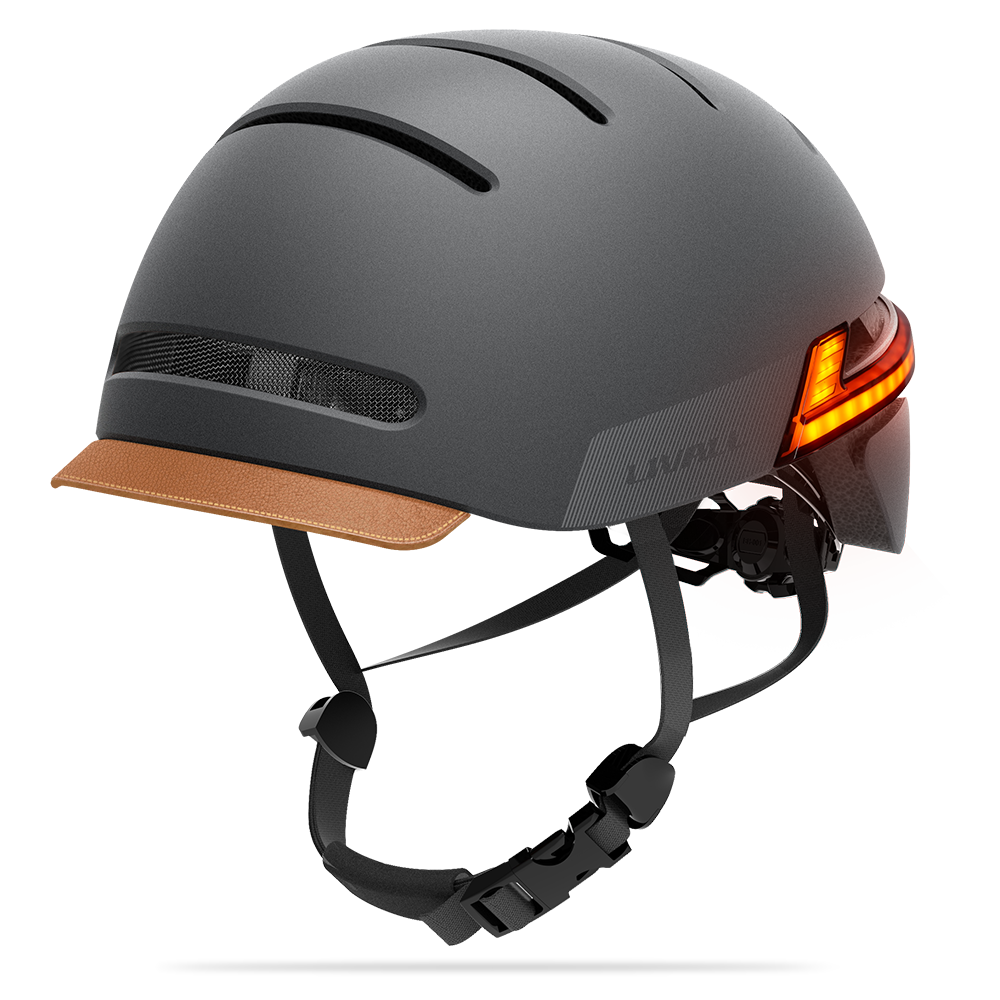




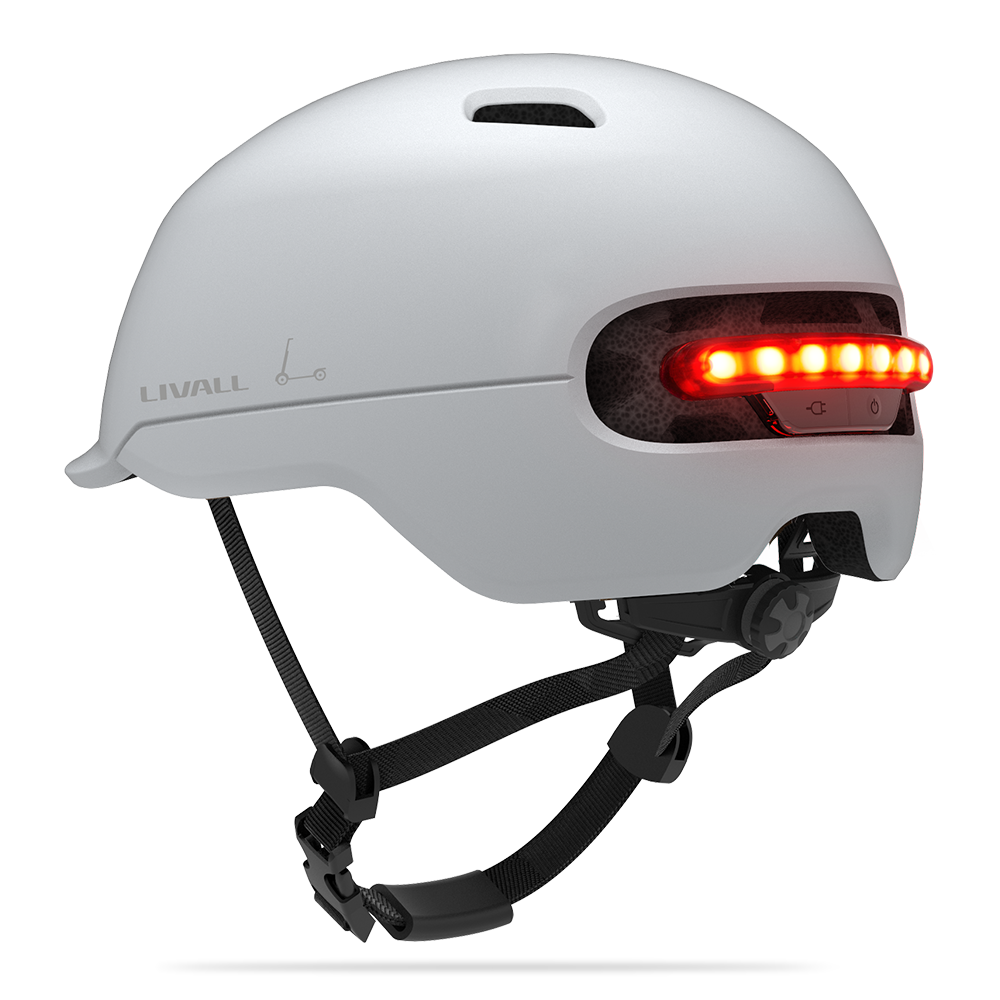
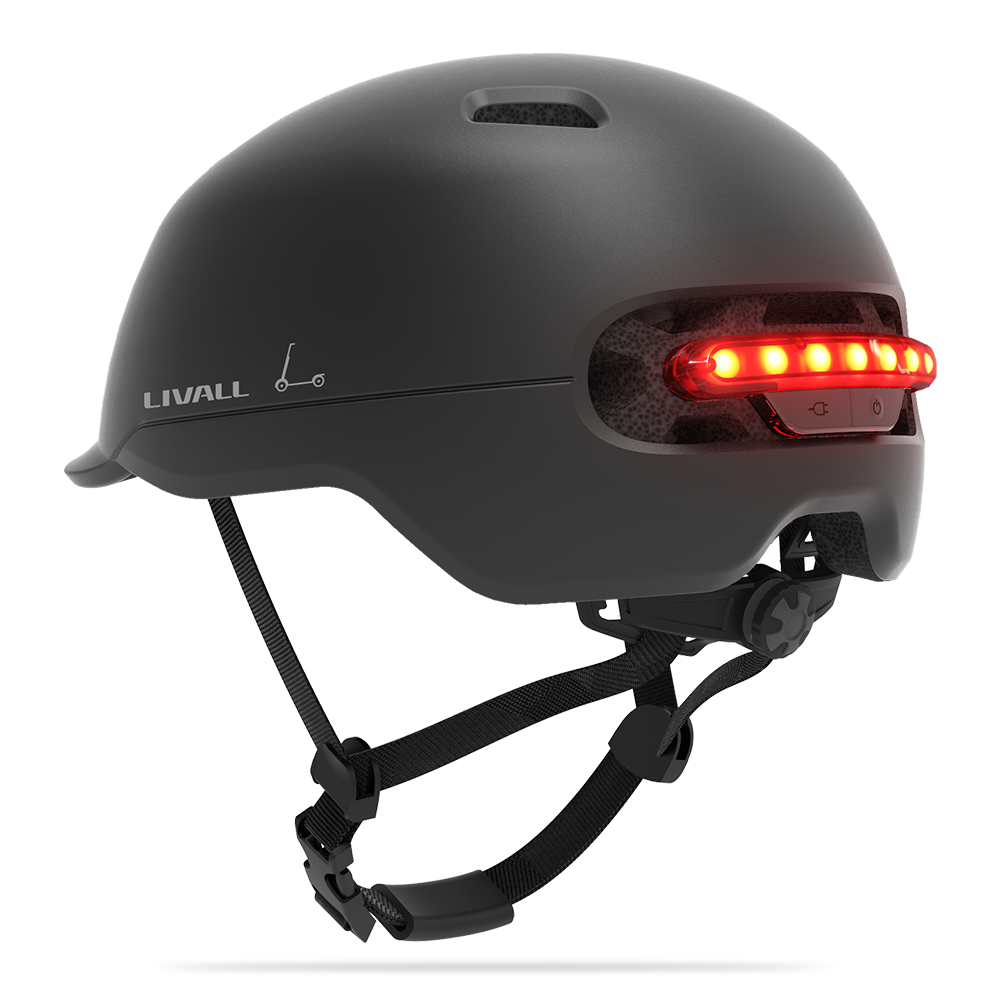
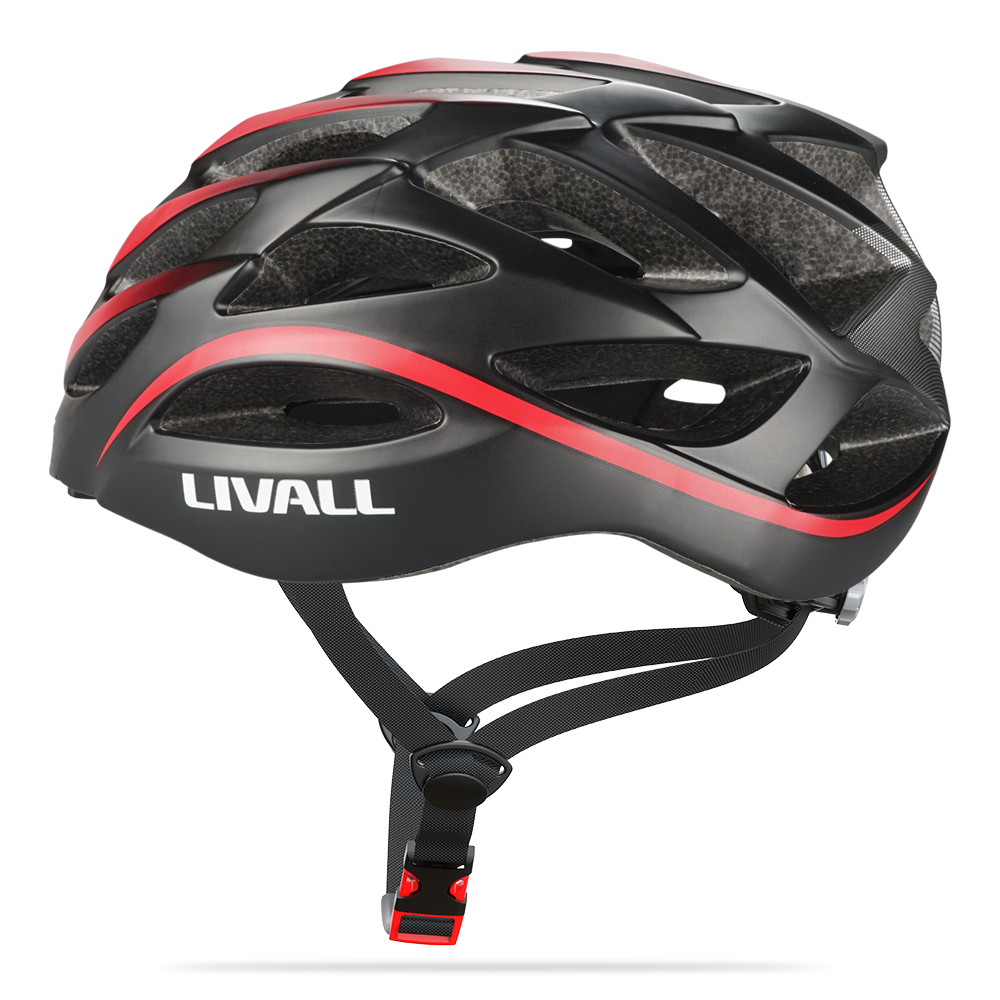
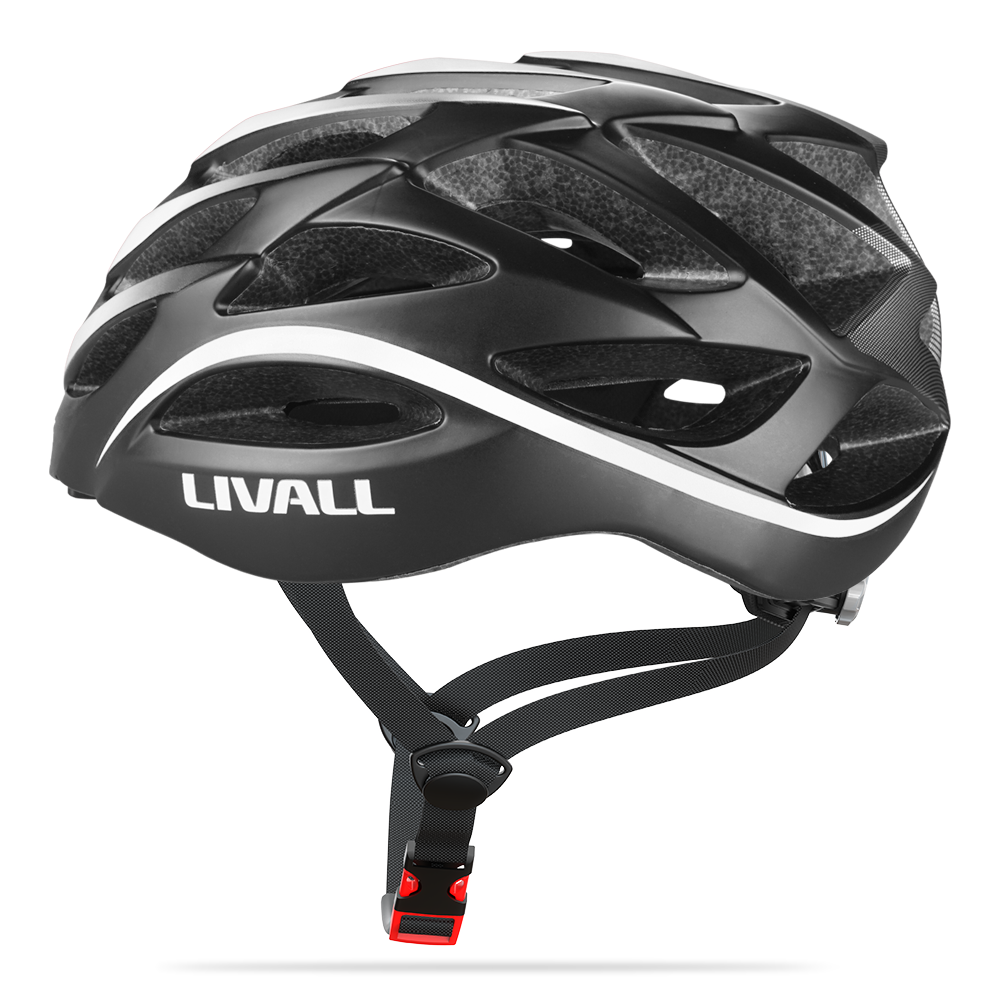


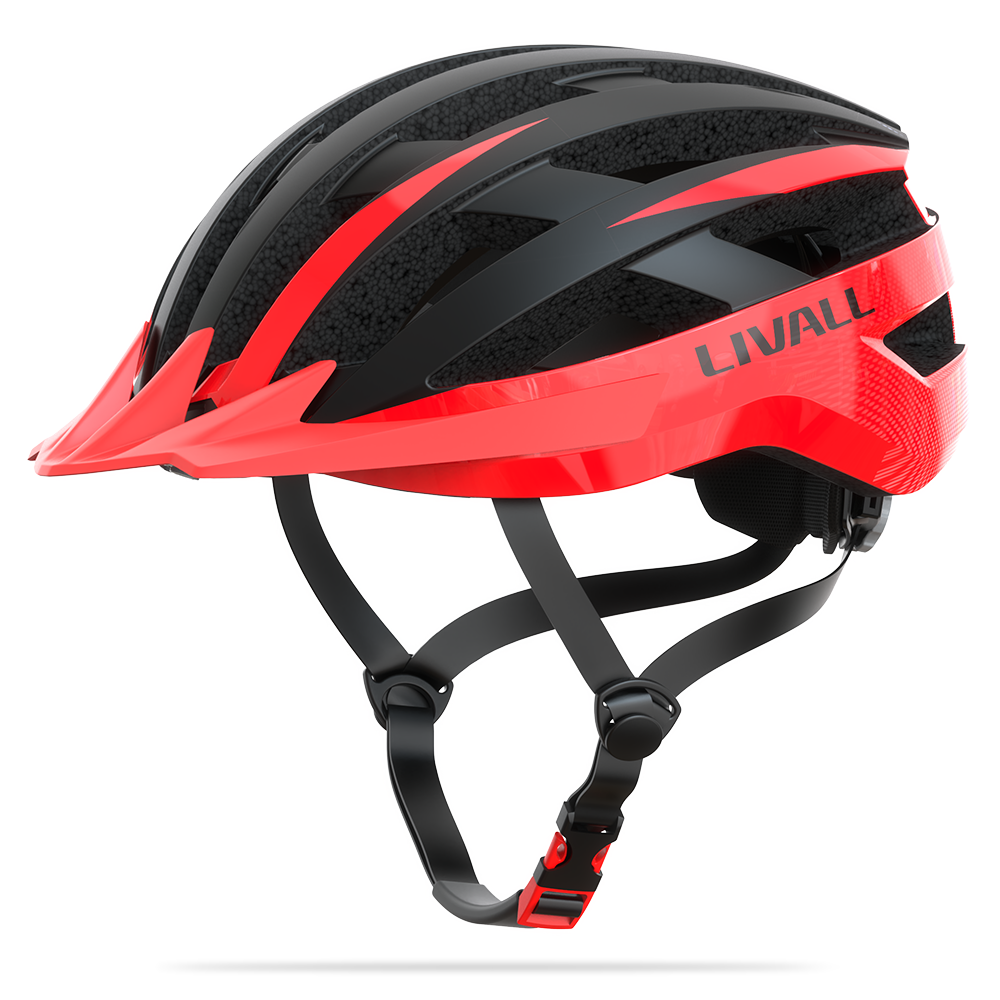

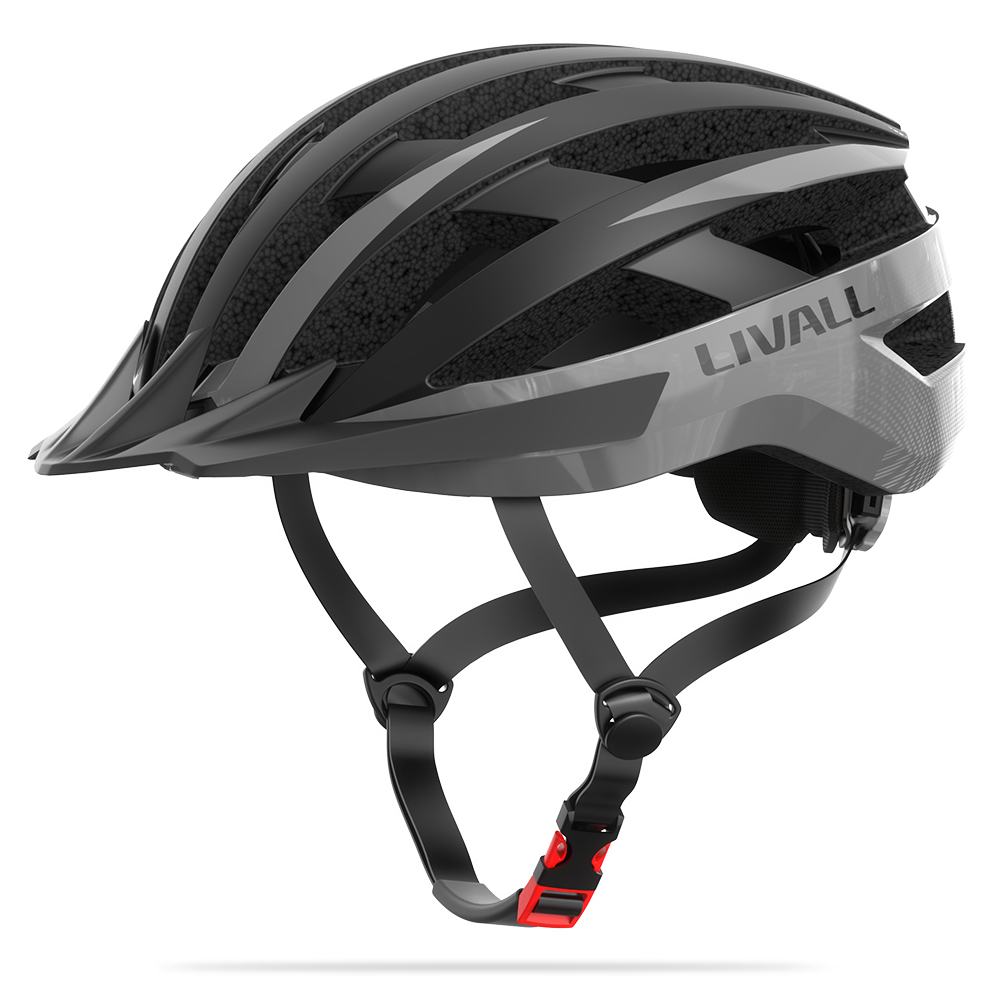
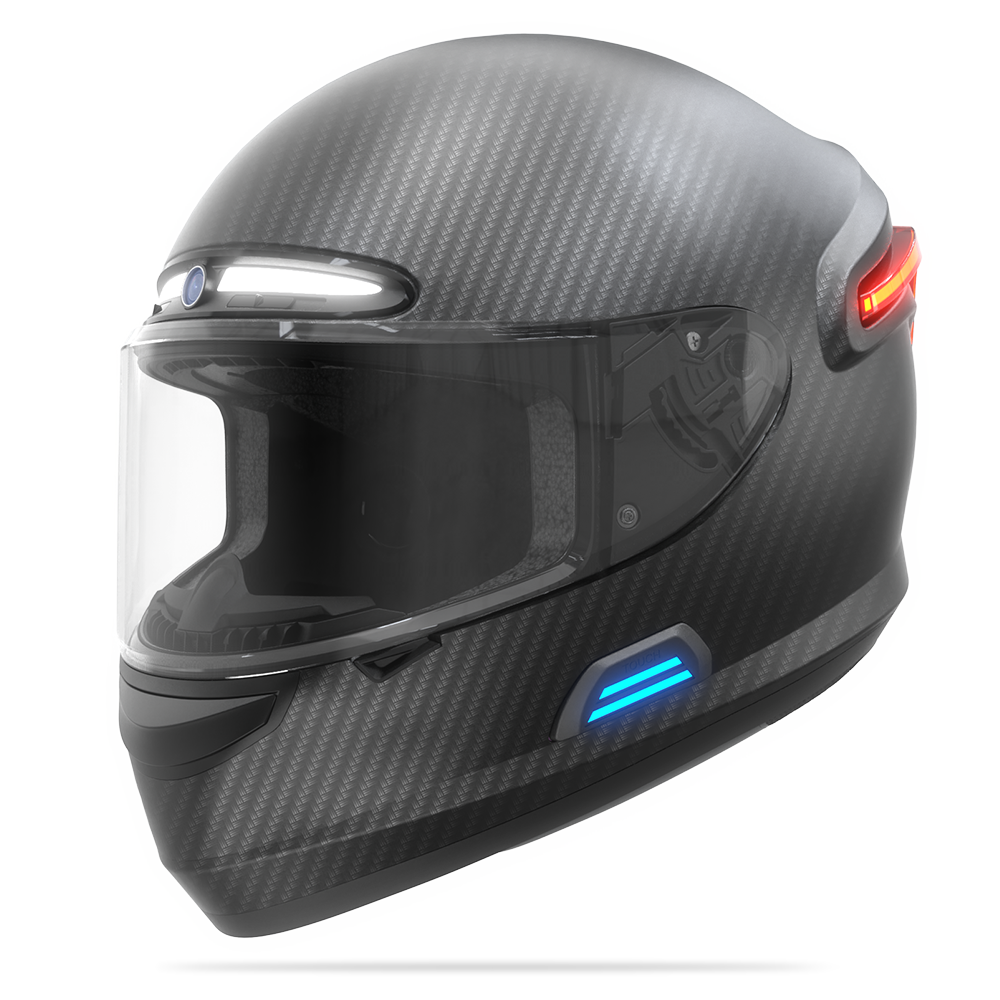




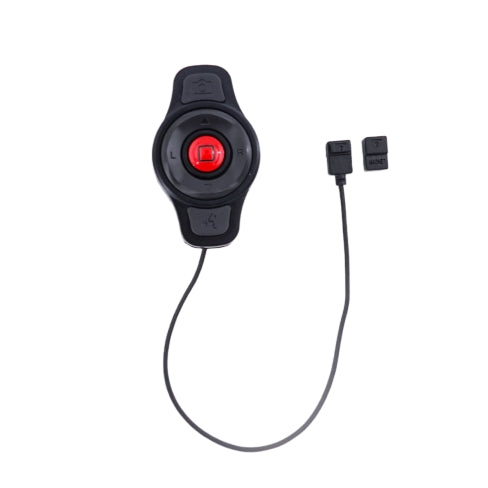
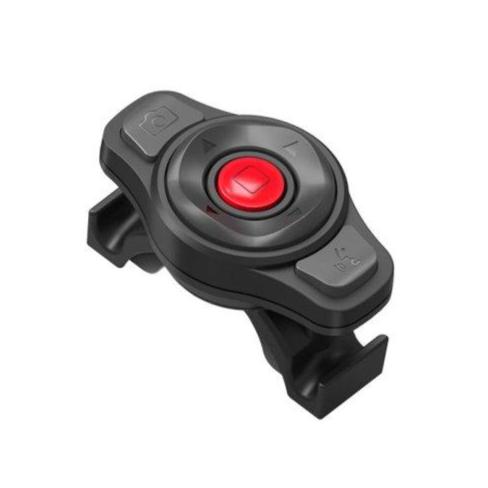
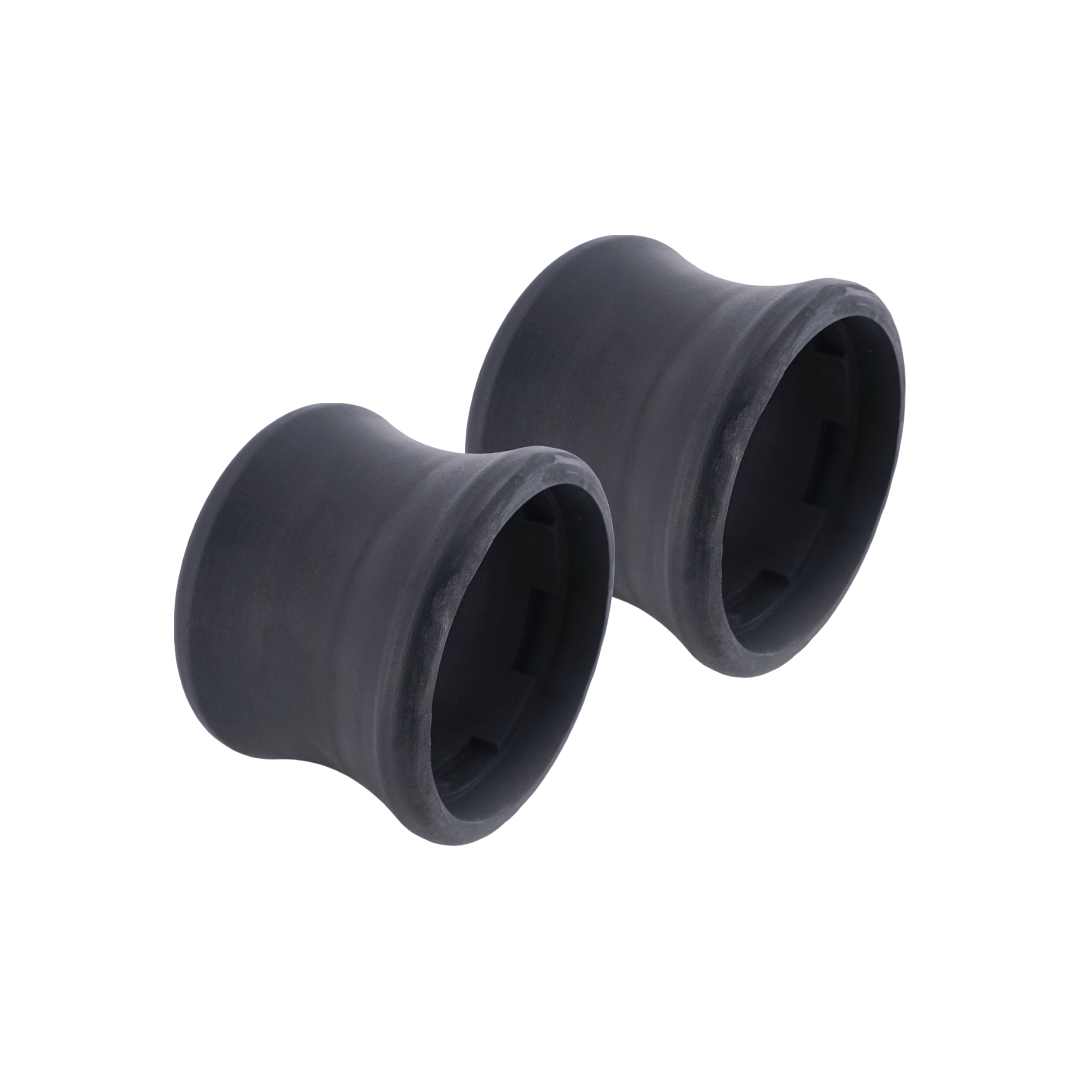
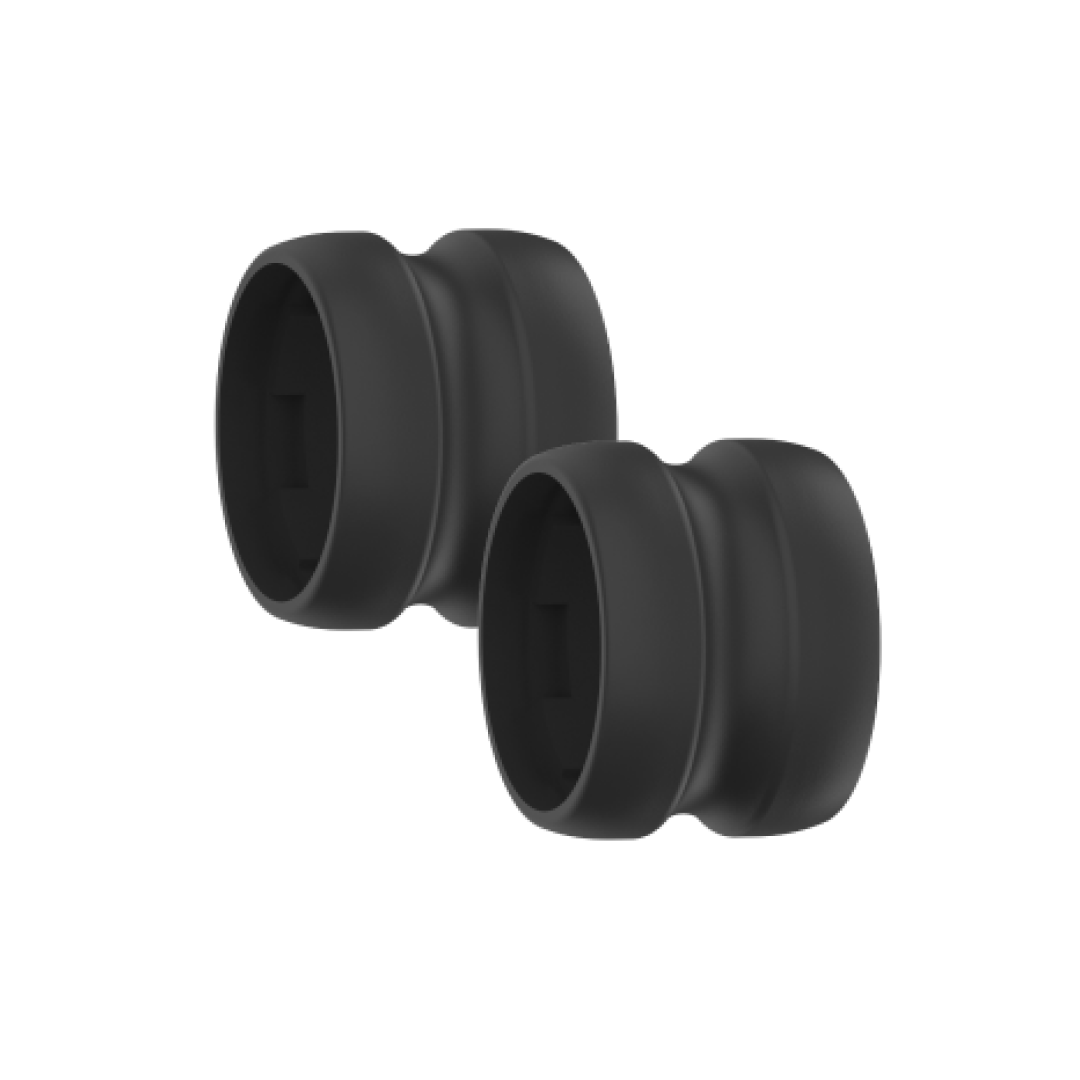
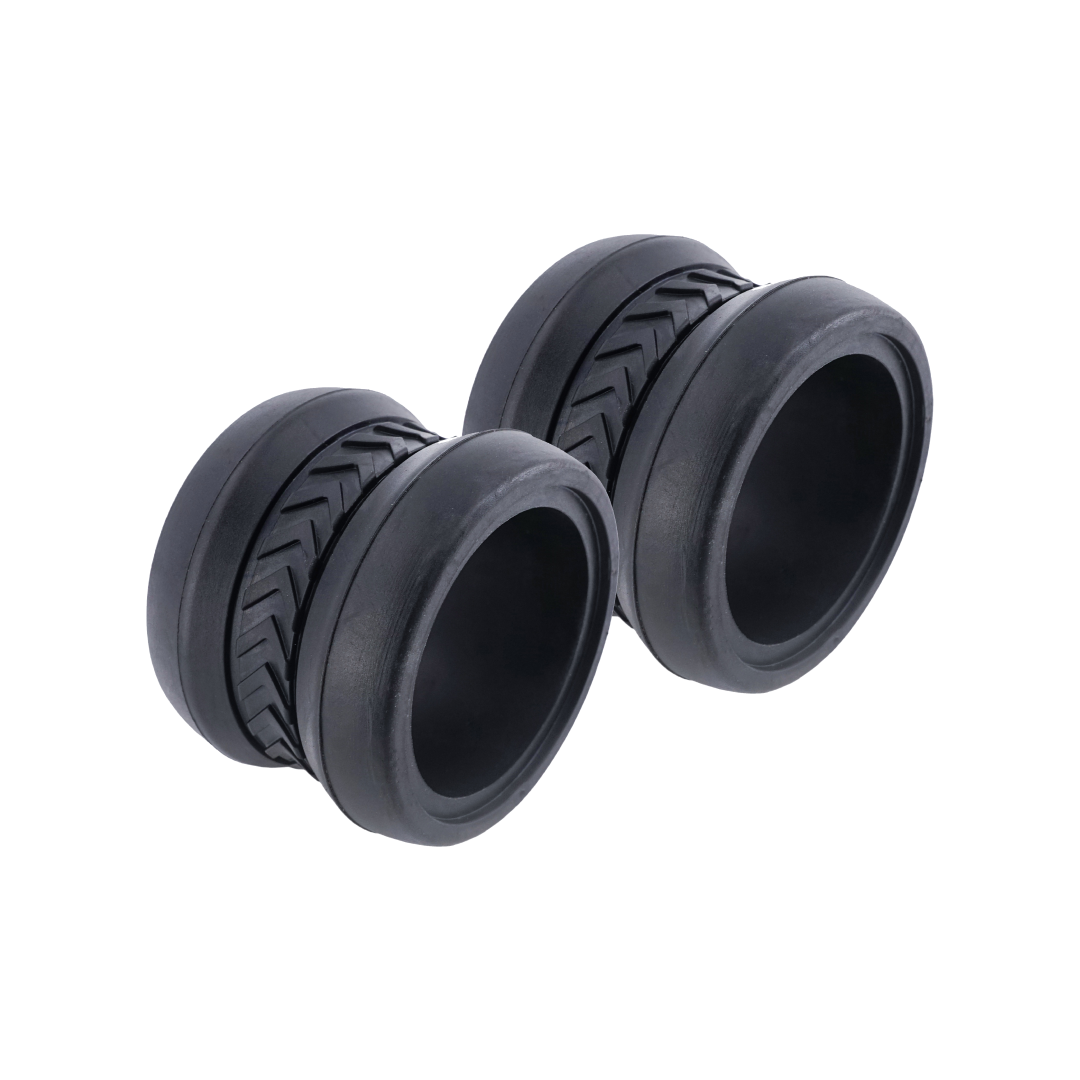


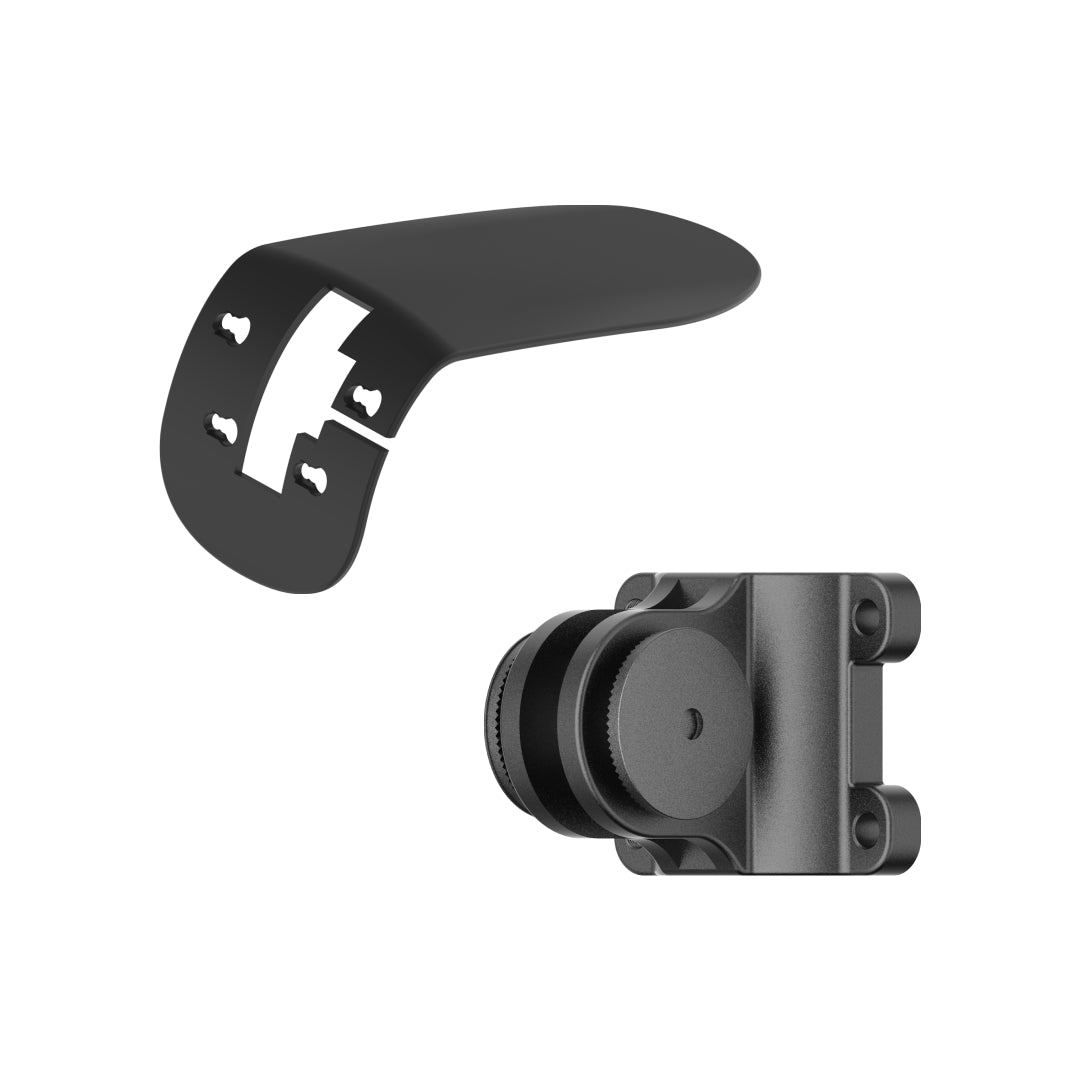
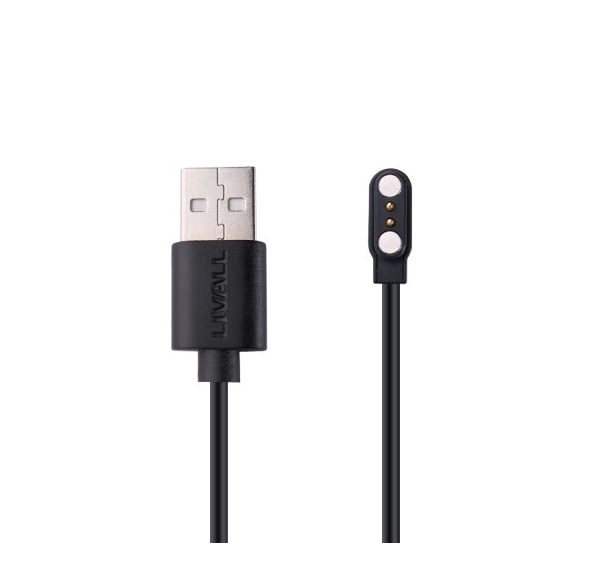
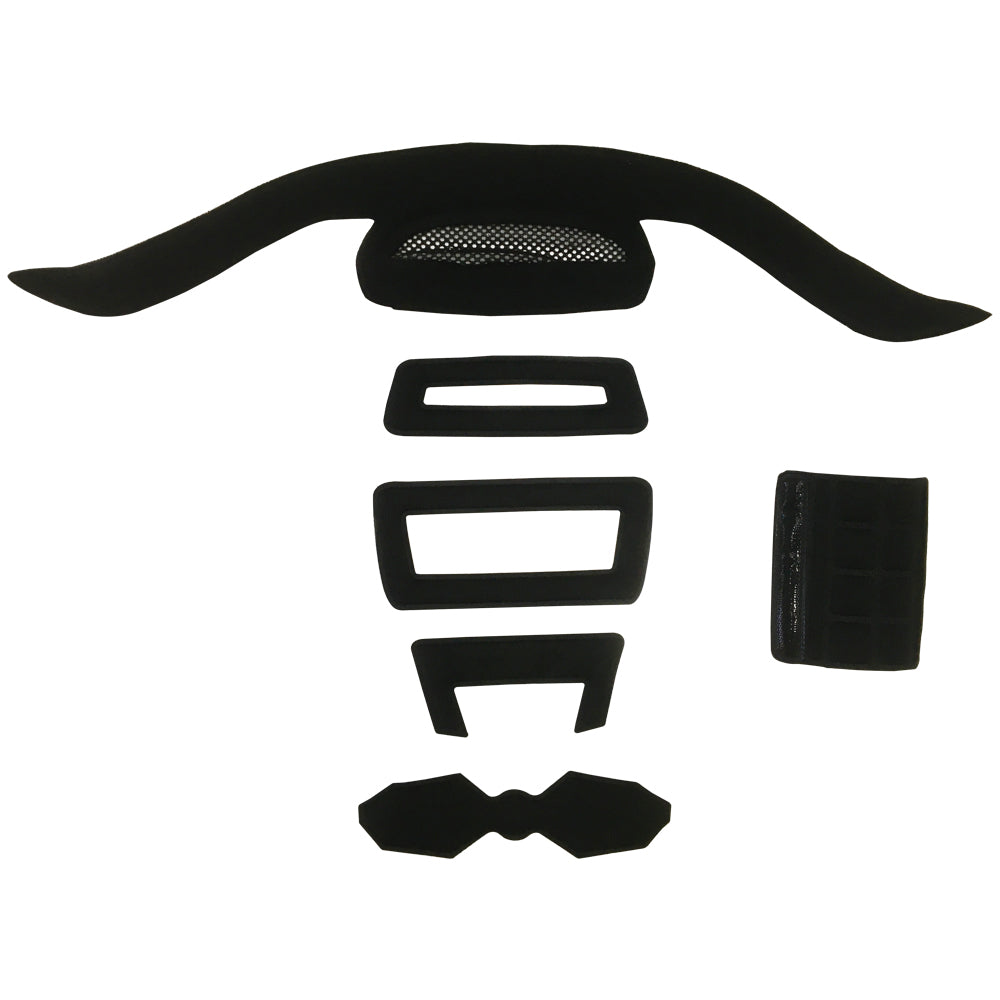
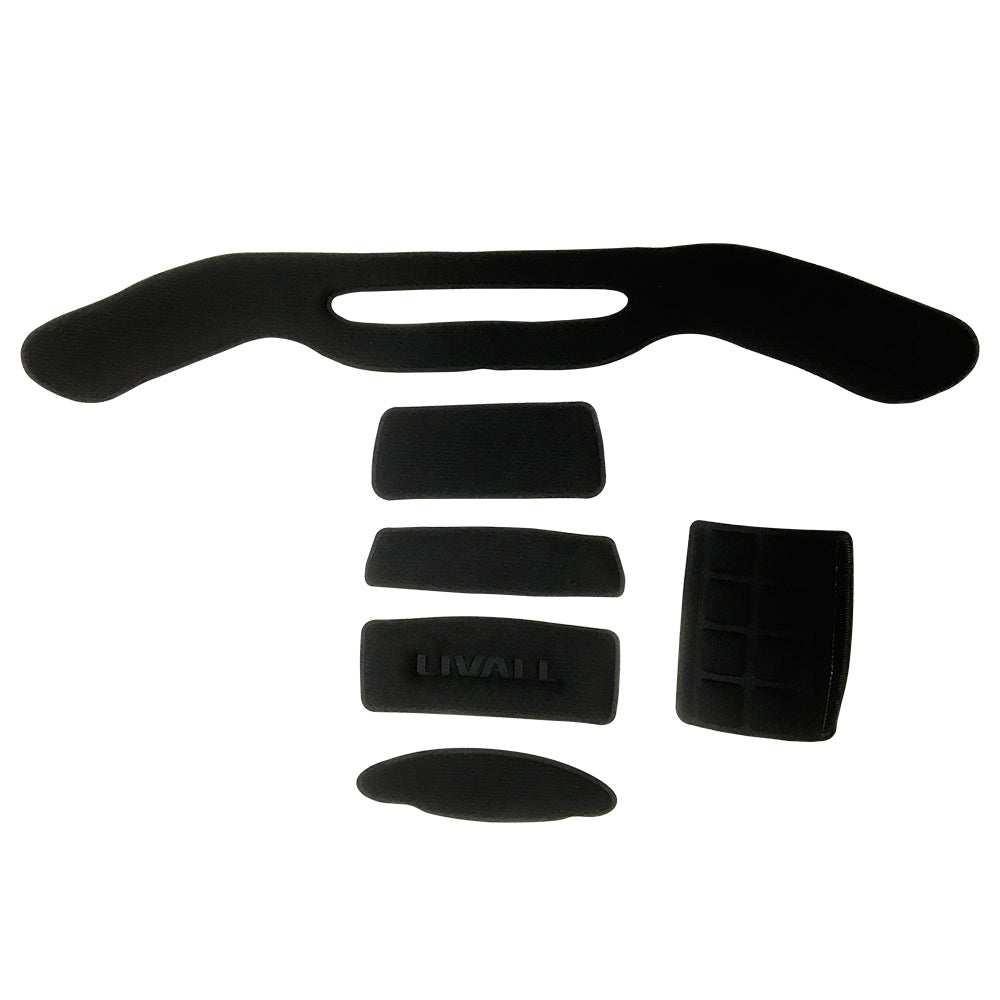
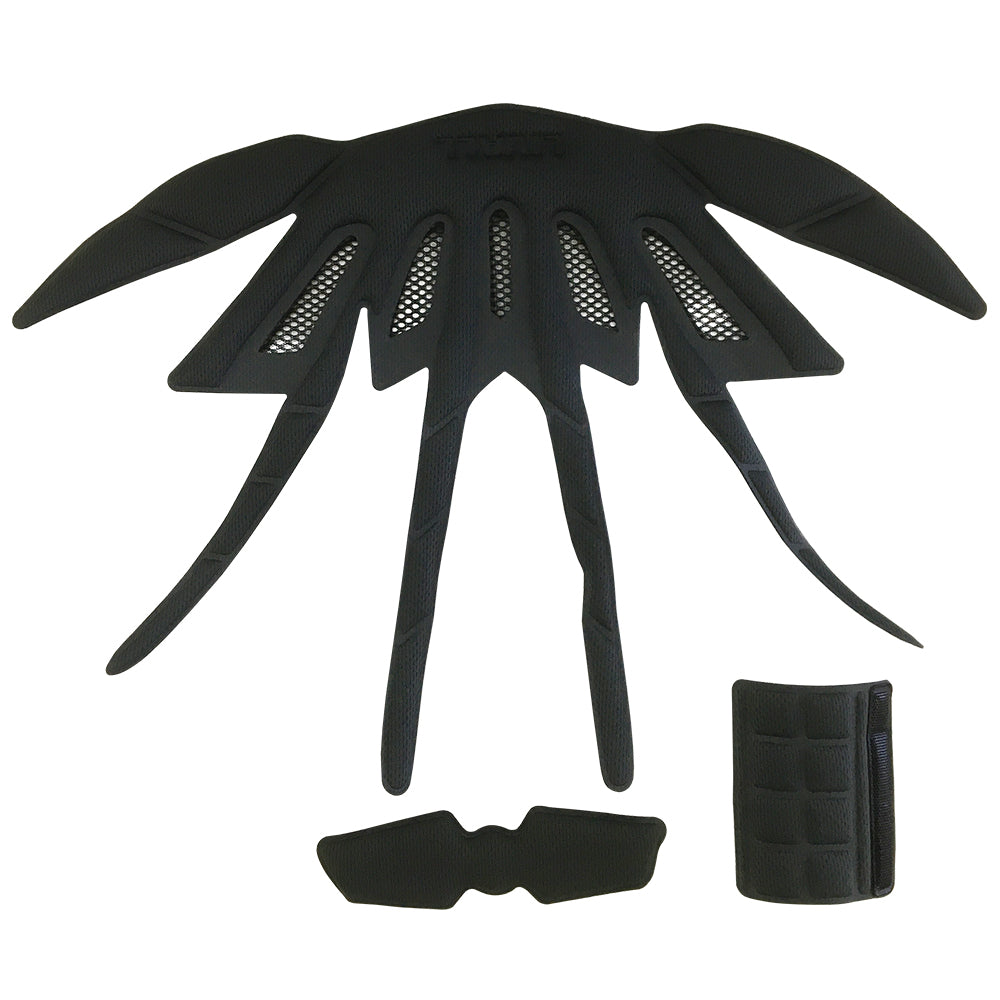
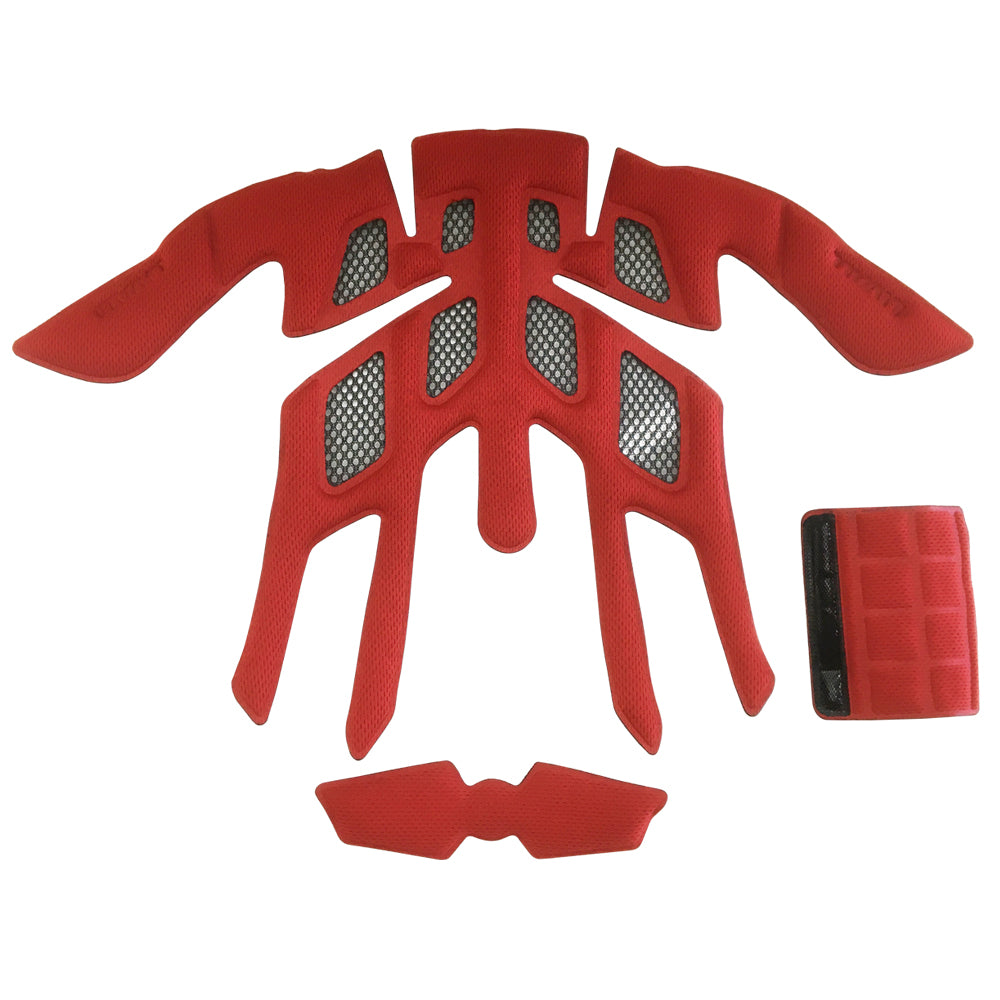
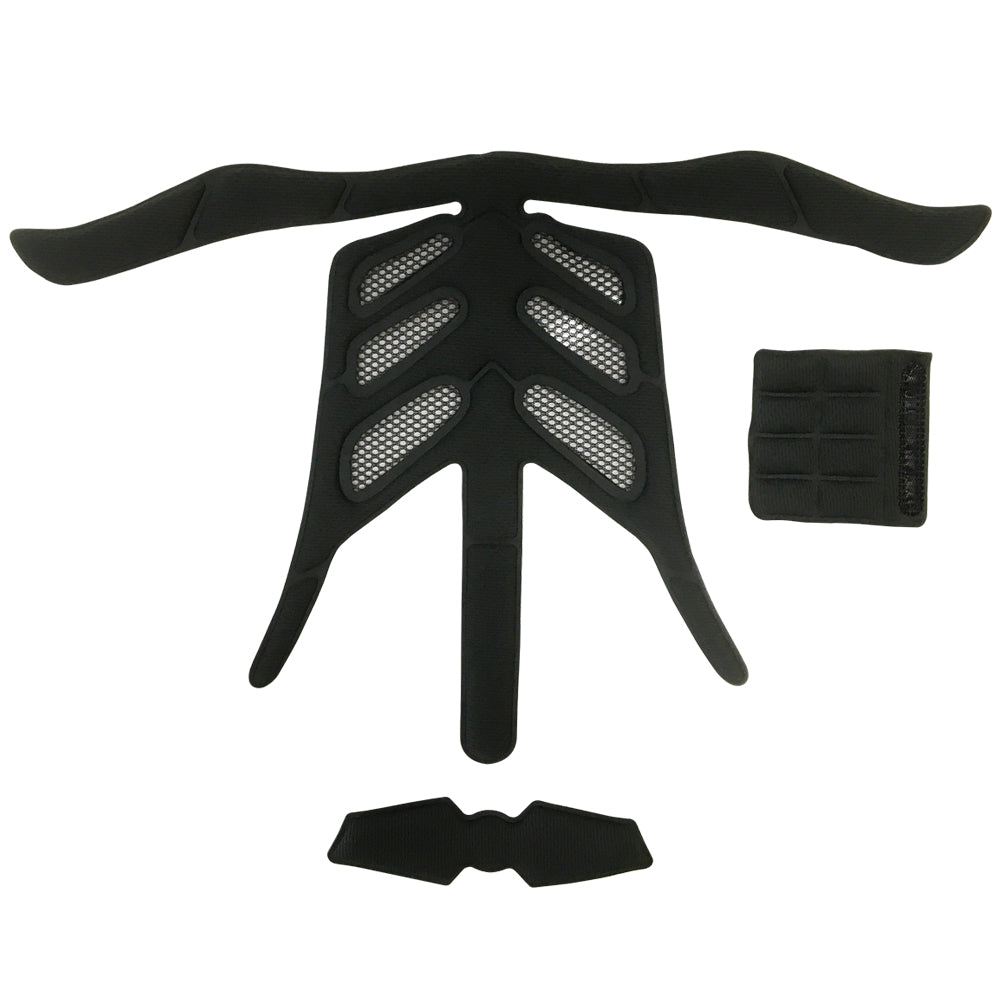
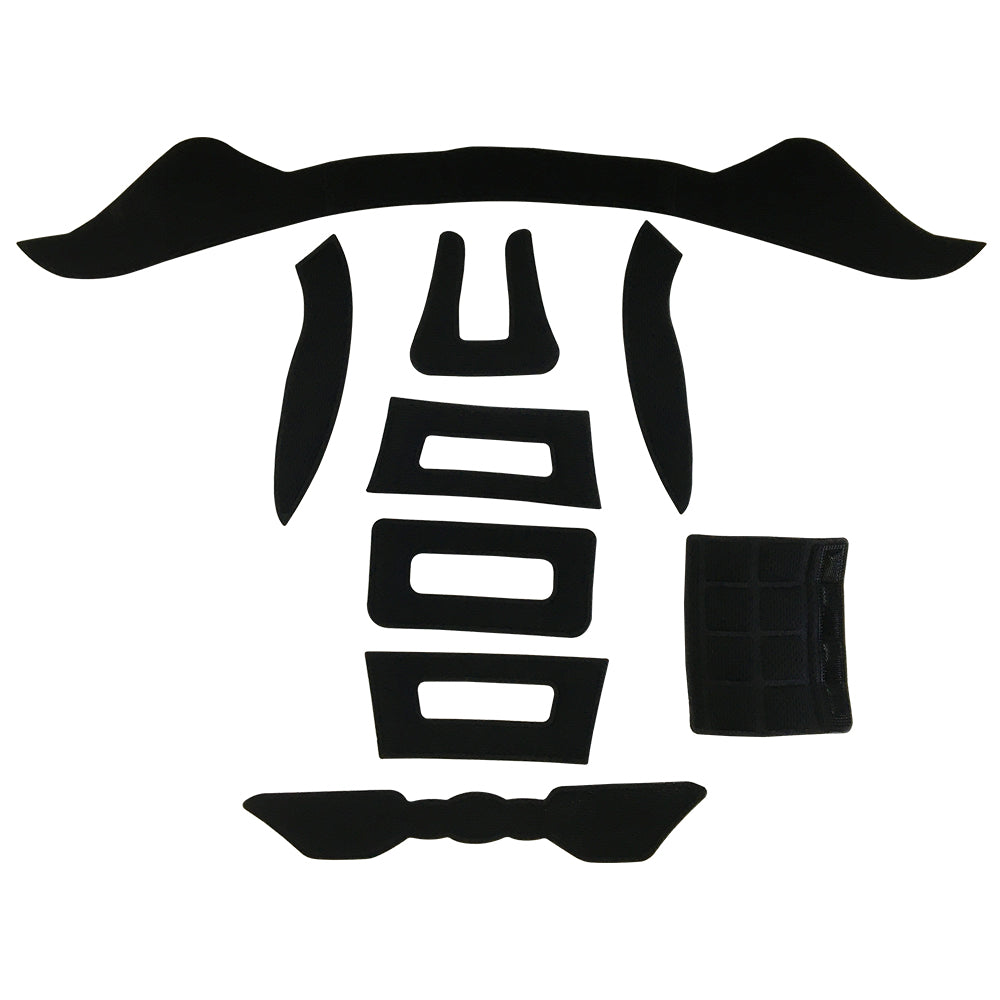

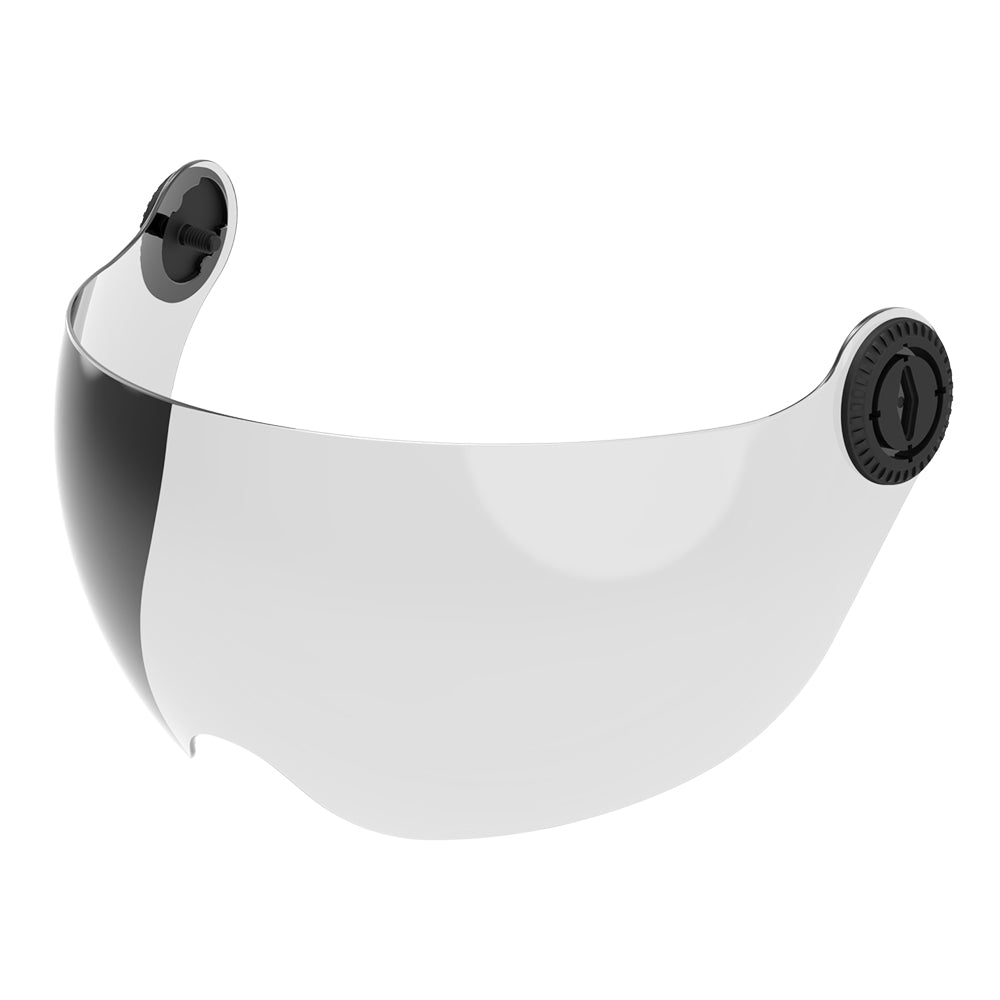











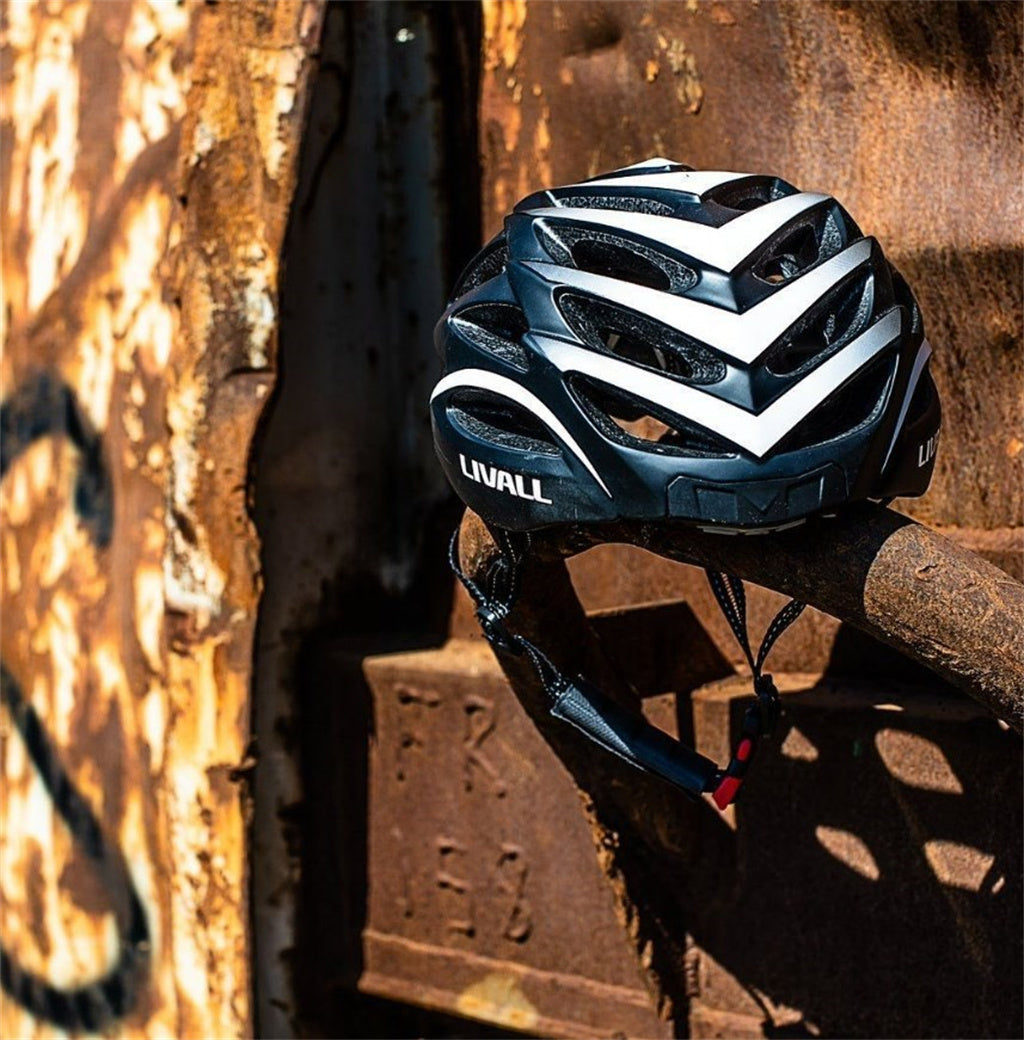


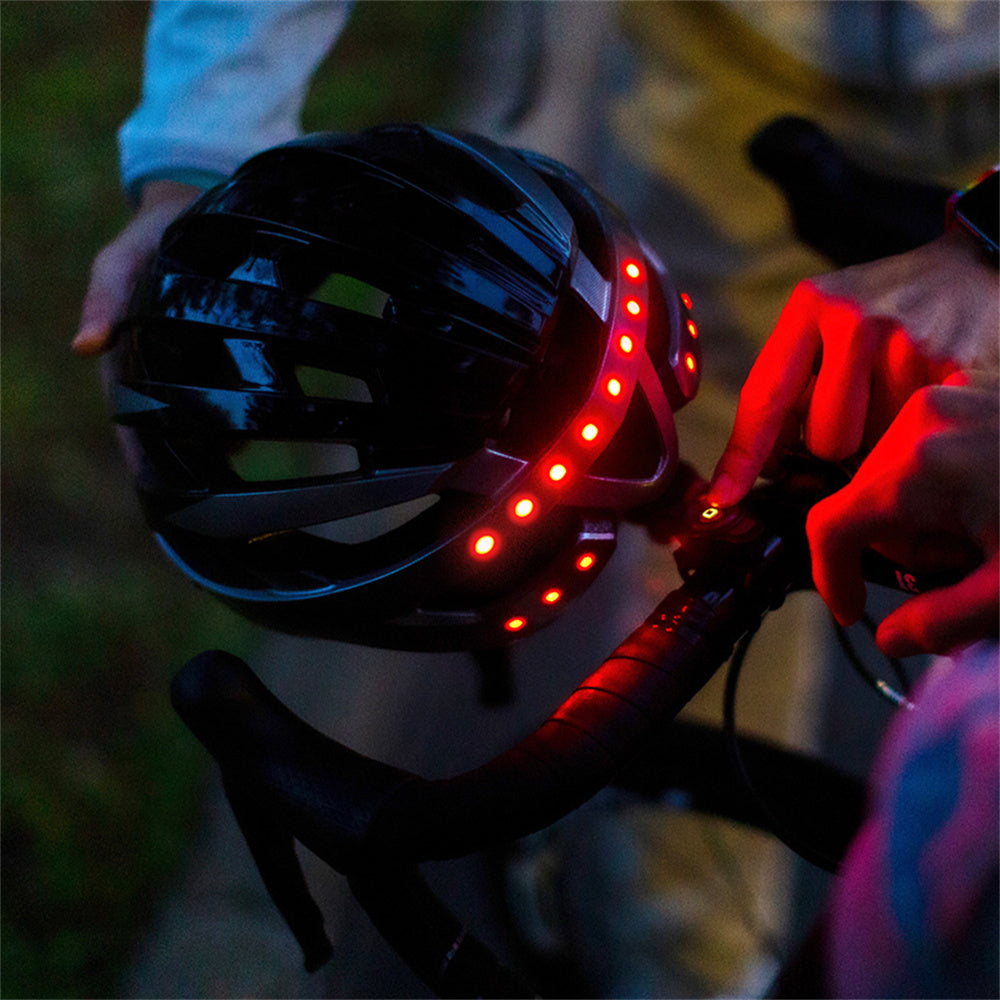



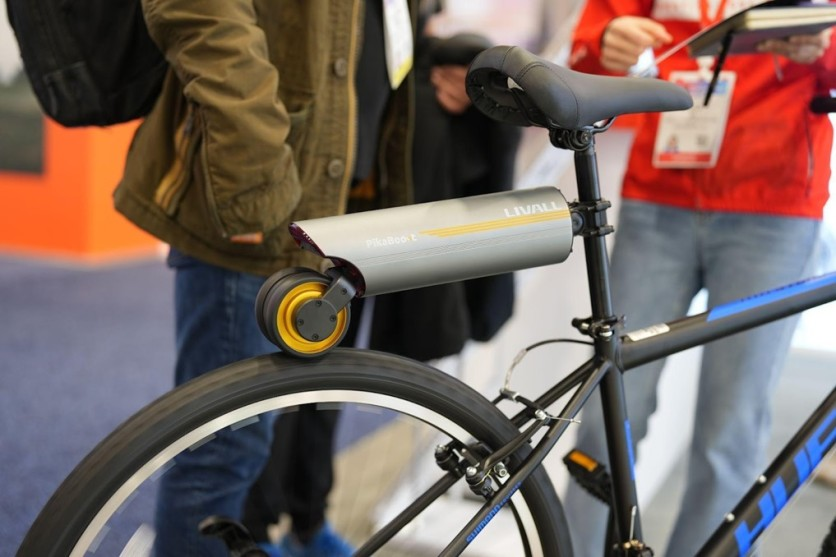

Leave a comment